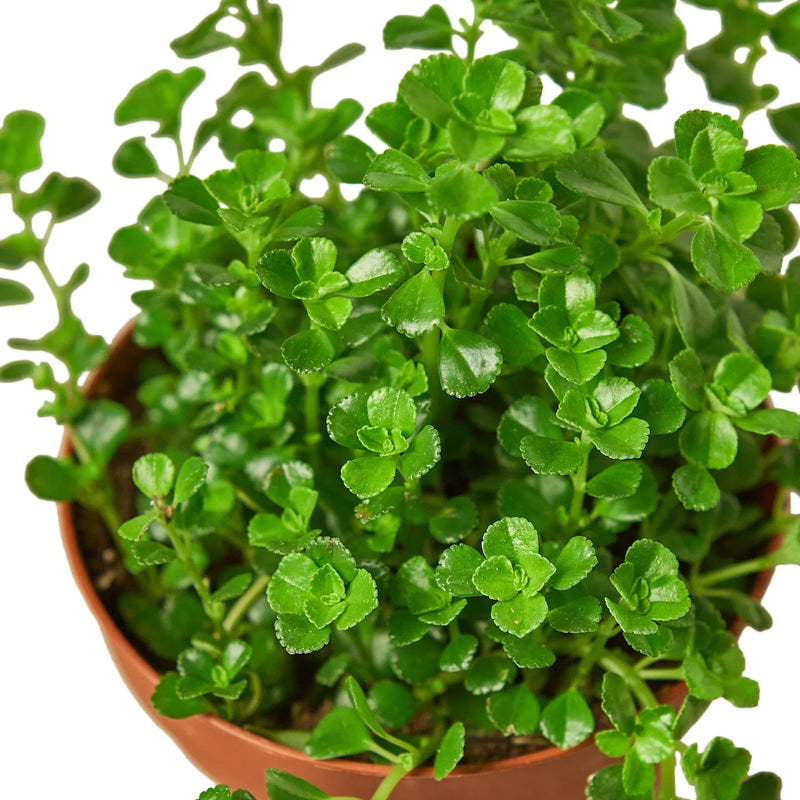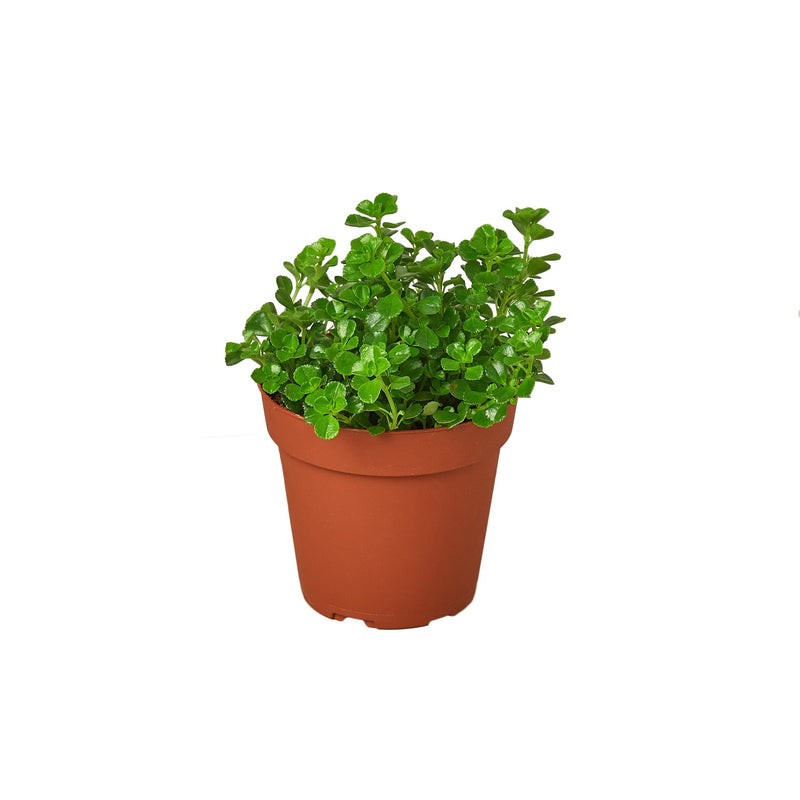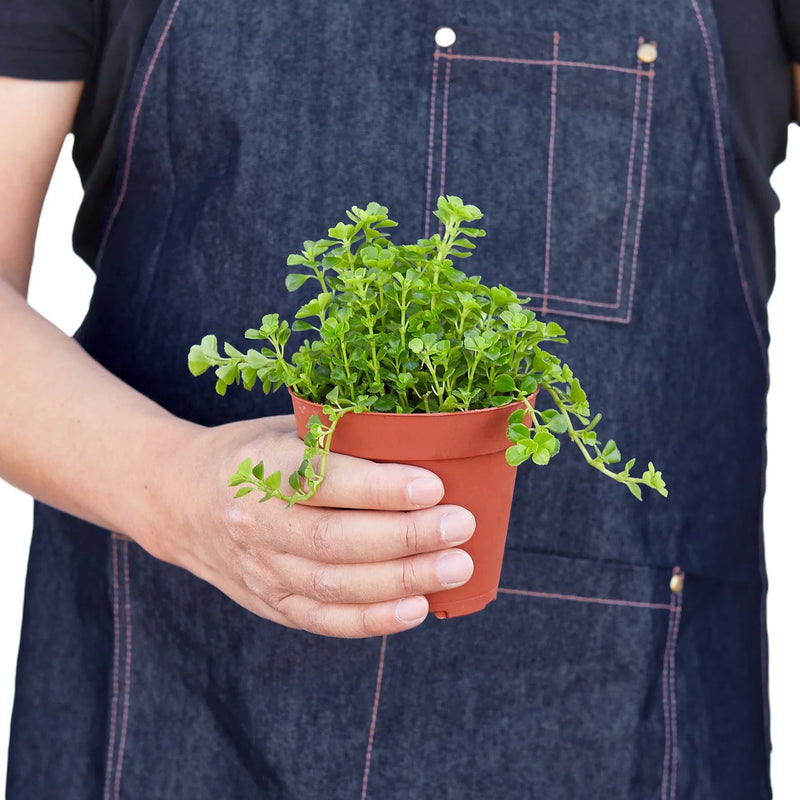Nettle 'Baby's Tear'
Couldn't load pickup availability

The plant commonly referred to as "Nettle 'Baby's Tear'" seems to be a mix-up of common names for different plants. The term "Nettle" often refers to plants within the Urtica genus, which are quite different from "Baby's Tears." "Baby's Tears" (Soleirolia soleirolii), also known as Helxine soleirolii, is a delicate, mat-forming perennial known for its small, round, green leaves and creeping habit. It's widely used as a ground cover in outdoor gardens and as a lush, trailing plant in indoor settings. Given the mix-up, I'll provide care information for "Baby's Tears," as it seems to be the intended subject based on the common name provided.
🌿 Botanical Name: Soleirolia soleirolii
💧 Care Level: Easy. Baby's Tears plants are relatively easy to care for, making them suitable for beginners.
📏 Size: It grows quickly, forming a dense mat that can be several inches high and spread indefinitely in ideal conditions.
☀️ Light: Prefers bright, indirect light when grown indoors. It can tolerate low-light conditions but may not grow as vigorously. Avoid direct sunlight, which can scorch its delicate leaves.
💧 Water: Keep the soil consistently moist but not waterlogged. Baby's Tears does not tolerate drought well, so it's important to water it regularly, especially in warmer months.
💦 Humidity: Prefers high humidity but can adapt to average household humidity levels. If the air is too dry, the leaves may start to brown at the edges. Misting the plant regularly can help increase humidity around it.
🌡️ Temperature: Thrives in temperatures between 60°F to 75°F (15°C to 24°C). It does not tolerate cold drafts or temperatures below 50°F (10°C) well.
🌱 Soil: Use a well-draining potting mix rich in organic matter. A peat-based mix is a good choice, providing both moisture retention and drainage.
🌱 Fertilizing: Feed lightly with a balanced liquid fertilizer once a month during the growing season. Reduce fertilization in the winter months.
🔄 Pruning: Pruning is not necessary for health but can be done to maintain the desired shape and size. Trimming back the plant can also encourage denser growth.
🍃 Pests and Diseases: Baby's Tears is relatively disease-free but watch for common pests such as aphids and spider mites. Ensure good air circulation and avoid overcrowding to minimize pest and disease risks.
Propagation: Easily propagated by division or stem cuttings. Simply take a small section of the plant, ensuring it has roots attached, and plant it in moist soil. Stem cuttings can be placed directly into moist soil where they will quickly take root.






Nettle 'Baby's Tear'





